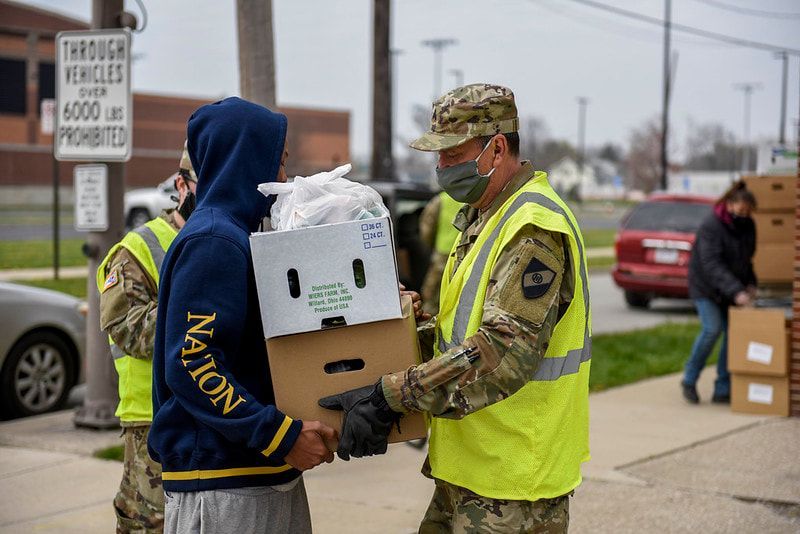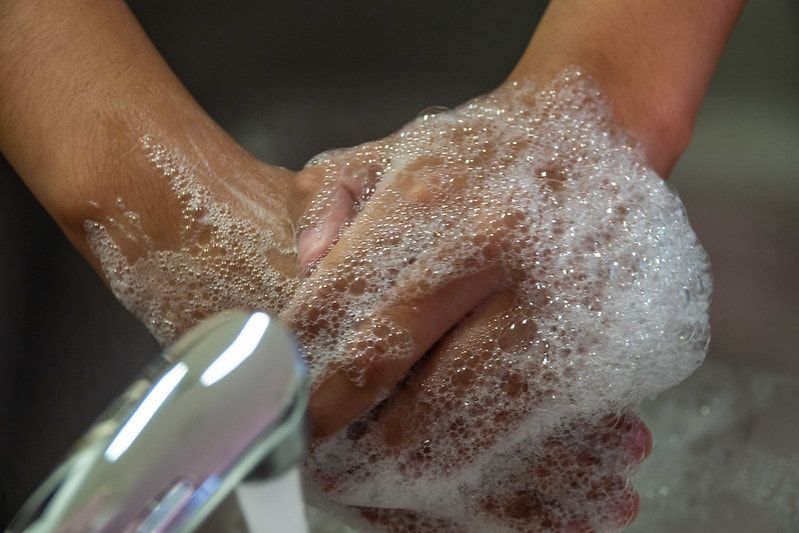Get in touch
555-555-5555
mymail@mailservice.com

By Nicole Roberts
•
March 28, 2022
An estimated one in seven people worldwide need glasses, but have no way to get them.
All around the globe visual impairments are a highly common and yet significantly undertreated issue affecting every demographic and region of the world. Lack of clear vision leads to setbacks in education, reduction in productivity, and thus, economic burden in every country. But, vision impairments are not borne equally. People who live in rural areas, are low income, minorities, women and older individuals are far more likely to have unmet needs for their eyesight. And those living in low- and middle-income regions are four times more likely to go without vision care.
Based on a report by the World Economic Forum chaired by Madeleine Albright in 2016, “A pair of eyeglasses could correct the vision of 2.5 billion individuals living with poor vision. Of these, 624 million need corrective lenses so strong that they are classified as visually impaired or blind without glasses.” In the U.S. alone, vision disability is one of

By Nicole Roberts
•
March 28, 2022
In 2018, around 11% of U.S. households reported they were food insecure at some point per the U.S. Department of Agriculture (USDA) – meaning they were without reliable access to a sufficient amount of quality food. The percentage of households as of April 2020 that are deemed food insecure has been estimated between 22-38%. Thus, at minimum, the number of households that lack the resources for a stable food supply has doubled, and possibly tripled. The rates of food insecurity at present are higher than at any point since data collection began.
Even more unsettling, according to Brookings, one survey concluded that more than 17% of mothers with children 12 and under reported that since the Covid-19 pandemic started, “the children in my household were not eating enough because we just couldn’t afford enough food.” These findings are part of a multi-survey initiative the uses validated questions from the USDA to understand trends.
But lack of resources isn’t just about food itself, it’s about all the other

By Nicole Roberts
•
March 28, 2022
Multiple times a day, every day, for most of your life you performed the act of washing your hands. And if you are like 95% of Americans, you’ve been doing it wrong. According to Michigan State University, only 5% of people actually wash their hands correctly. During cold and flu season this is nothing to make light of.
The average person touches their face anywhere from fifteen to twenty-three times per hour. And, on average, only washes their hands about 10 times per day. This leaves hundreds of opportunities daily to transfer bacteria and viruses from work surfaces, home surfaces, and the people in our lives directly to our nose and mouth.
So before you find yourself taking sick days from work or spreading germs to your loved one during the holidays, here are some top tips for how to limit germ exposure – and most importantly, the right way to wash your hands.
STEP 1: Thoroughly wet your hands with clean, running water. Then turn off the tap and apply soap.
STEP 2: Lather all parts of your hands by ru
